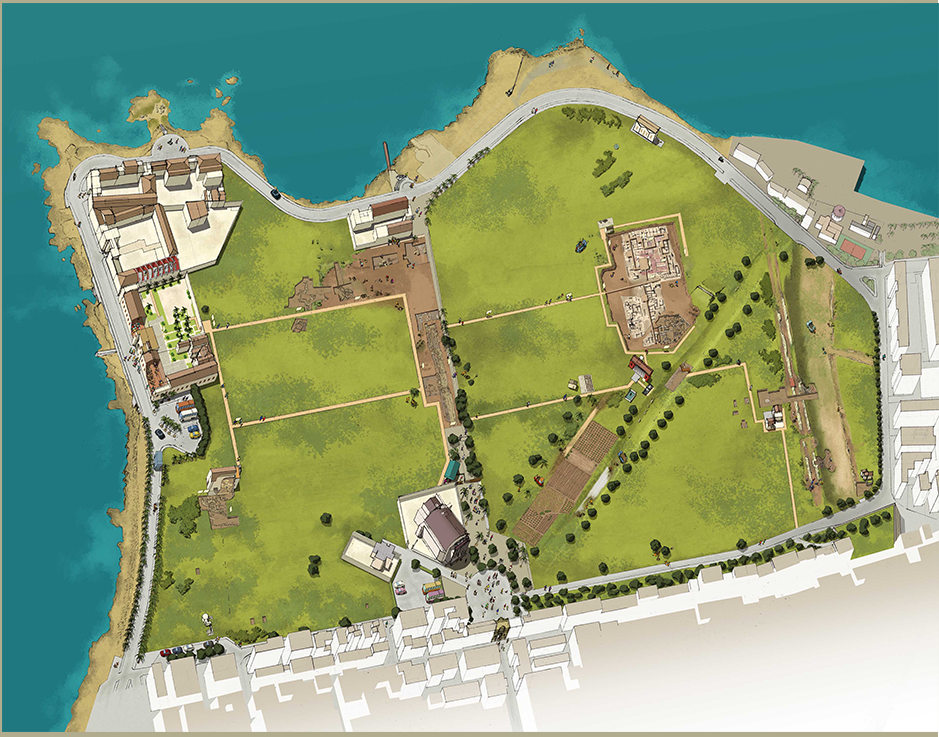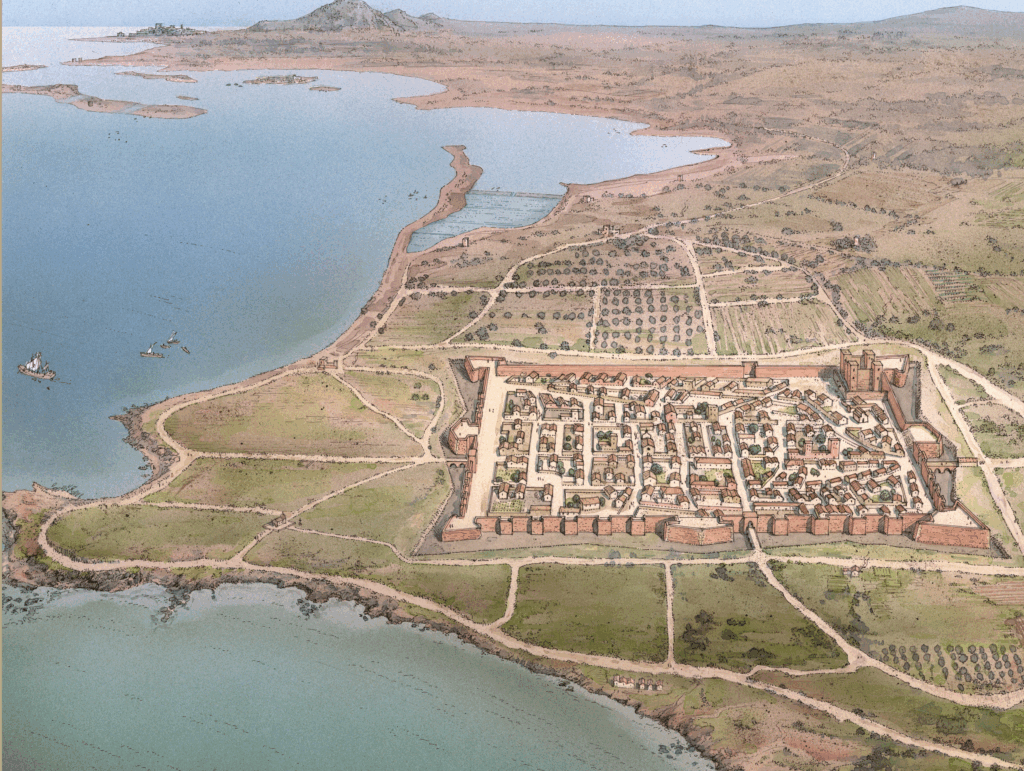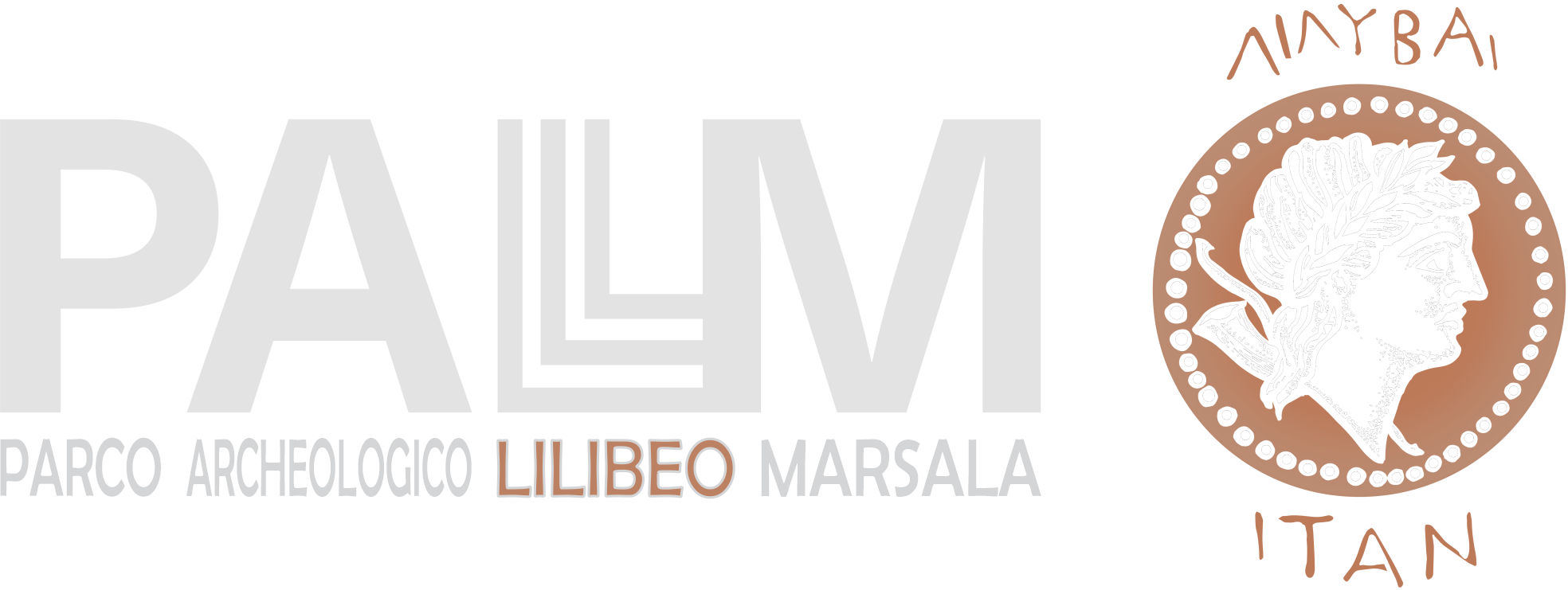marsala nel ‘ 500


🇬🇧 A bird’s eye view ofthe city of Marsala in the XVI century.
🇮🇹 MARSALA NEL CINQUECENTO
Nelle cartografie storiche del Cinquecento la Fortezza di Marsala appare circondata da un fossato e cinta da possenti mura munite agli angoli di quattro bastioni e tre baluardi ai lati delle porte di accesso alla città. I bastioni avevano dimensioni differenti: per la difesa dal mare si realizzarono i bastioni di San Francesco (N) e dell’Annunziata (O) di dimensioni minori; per la difesa da terra, vennero costruiti i bastioni di Sant’Antonio (S) e di San Giacomo (E), di dimensioni più grandi. Dei quattro baluardi previsti nel progetto ne furono realizzati solo tre. Nel 1552 fu costruito il Baluardo Porta di Mazara (S-E); di forma pentagonale e di dimensioni inferiori rispetto gli altri due, fu distrutto prima del 1880, dato che non è presente nelle carte catastali di quell’anno. Il secondo, di cui non abbiamo resti, è il Baluardo denominato Toledo dal viceré Garzia Toledo; esso si trovava presso Porta Nuova (N-O). Il terzo, denominato Baluardo Velasco in quanto realizzato dal governatore Bernardino De Velasco, si conserva ancora, seppure in parte nascosto dalle nuove costruzioni addossate alla sua struttura (S-O). Il Castello fu edificato presso il Bastione San Giacomo probabilmente in età normanno-sveva.
🇬🇧 MARSALA IN THE SIXTEENTH CENTURY
In historical maps of the sixteenth century, the Fortress of Marsala appears surrounded by a moat and by massive walls with four bastions at the corners and three bulwarks near the entrance gates allowing access to the city. The bastions were of different sizes: far defence from the sea the small bastions of San Francesco (north) and of the Annunziata (west) were constructed; far landward defence the larger-sized bastions of Sant ‘Antonio (south) and of San Giacomo (east) were built. Of the four bulwarks planned in the project, only three of them were actually constructed. In 1552 the Baluardo Porta Mazara (south-east) was built; pentagonal in shape and smaller than the other two, it was probably destroyed before 1880 because it does not appear on the land registry maps of that year. The second bulwark, of which nothing remains, is the Baluardo Toledo named after the viceroy Garzia Toledo; it was near the Porta Nuova gate (north-west). The third one, named Baluardo Velasco as it was commissioned by the governar Bernardino De Velasco, stil! remains, although partly hidden by the new buildings encroaching on it (south-west). The Castello [cast/e} located near the Bastione San Giacomo, was probably built during the Norman-Swabian period. Since 1818 it has been used as a prison.
